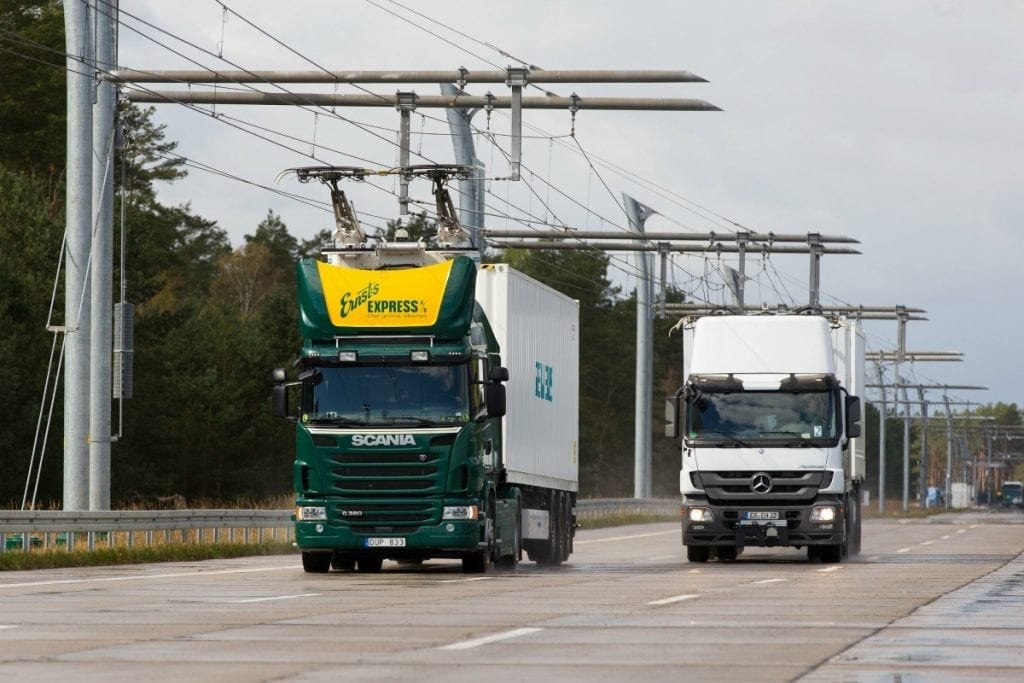Navigating the Logistics of a Long-Distance Move

Moving long distances, whether for a new job, family reasons, or a fresh start, is a complex endeavor that requires careful planning and organization. The logistics involved in such a move can be daunting, but with the right approach, you can navigate the process smoothly. This article will guide you through the essential steps to ensure a successful long-distance move, from planning and packing to transportation and settling into your new home.
1. Start with a Detailed Plan
The foundation of a successful long-distance move is a detailed plan. Start by setting a timeline that outlines all the tasks you need to complete before moving day. This includes booking a moving company, organizing your belongings, and making travel arrangements. The earlier you start planning, the more time you’ll have to address any unexpected challenges that may arise.
Create a checklist to keep track of everything you need to do, from canceling utilities at your current home to setting up services at your new residence. Breaking down the move into smaller, manageable tasks will help you stay organized and reduce stress.
2. Choosing the Right Moving Company
Selecting a reliable moving company is crucial when navigating the logistics of a long-distance move. Research the best long distance moving companies with a strong reputation for reliability and customer service. Read reviews, check their licensing and insurance, and request multiple quotes to compare prices and services.
When you’ve narrowed down your options, contact the companies for in-home or virtual estimates. Be sure to ask about any additional fees, such as charges for packing materials, stairs, or long carries. A reputable moving company will provide a detailed estimate and explain all costs upfront.
3. Organize and Downsize Your Belongings
A long-distance move is the perfect opportunity to downsize your belongings. The more items you move, the higher the cost, so it’s wise to take a critical look at what you really need to bring with you. Go through each room in your home and decide what to keep, donate, sell, or discard.
Consider hosting a garage sale or listing items online to sell things you no longer need. Not only will this lighten your load, but it can also help offset some of the moving costs. For items that hold sentimental value but aren’t practical to move, consider taking photos or creating a digital keepsake.
4. Strategic Packing for a Long-Distance Move
Packing is one of the most time-consuming aspects of a long-distance move, so it’s important to be strategic. Start by packing non-essential items well in advance, such as seasonal clothing, books, and decor. Use sturdy boxes and high-quality packing materials to protect your belongings during the long journey.
Label each box with its contents and the room it belongs in at your new home. Consider numbering the boxes and keeping a master inventory list, which will make it easier to find specific items when you start unpacking. For fragile or valuable items, consider using professional packing services or purchasing additional insurance for added protection.
5. Coordinating Transportation and Travel
Coordinating transportation is a critical aspect of a long-distance move. Depending on the distance, you may need to drive your own vehicle, fly, or even ship your car. If you’re driving, plan your route carefully and consider where you’ll stop along the way. Book accommodations in advance if your trip requires overnight stays.
If you’re flying, book your tickets as early as possible and coordinate your arrival with the delivery of your belongings. In some cases, it might be necessary to arrive before your moving truck to handle any final arrangements or to ensure your new home is ready for move-in.
6. Managing Utilities and Address Changes
Don’t forget to manage the logistics of transferring or setting up utilities at your new home. Contact your utility providers to schedule disconnections at your current residence and connections at your new one. It’s advisable to overlap service dates by a day or two to avoid any disruptions in electricity, water, or internet.
In addition, update your address with the U.S. Postal Service, your bank, insurance providers, and any subscriptions or services you use. Many address changes can be completed online, but make sure to do this well in advance to ensure a smooth transition.
7. Prepare for the First Few Days in Your New Home
The first few days in a new home can be hectic, especially if your belongings haven’t arrived yet. Pack a “first-night” box with essentials like toiletries, a change of clothes, basic kitchen items, important documents, and any medications you might need. Keep this box with you during the move, so you’ll have everything you need to stay comfortable while you settle in.
If possible, arrive at your new home a day or two before your belongings to handle any final preparations, such as cleaning, arranging utilities, and familiarizing yourself with the area.
8. Settle In and Adjust to Your New Environment
Once you’ve arrived and your belongings have been delivered, take the time to settle in and adjust to your new environment. Unpacking can be overwhelming, so start with the essentials and gradually work your way through the rest of your boxes. Take time to explore your new neighborhood, meet your neighbors, and get acquainted with local services and amenities.
Moving long distances can be challenging, but with careful planning and organization, you can navigate the logistics with confidence. By following these steps, you’ll be well on your way to a successful move and a smooth transition into your new home.
Alexia is the author at Research Snipers covering all technology news including Google, Apple, Android, Xiaomi, Huawei, Samsung News, and More.












